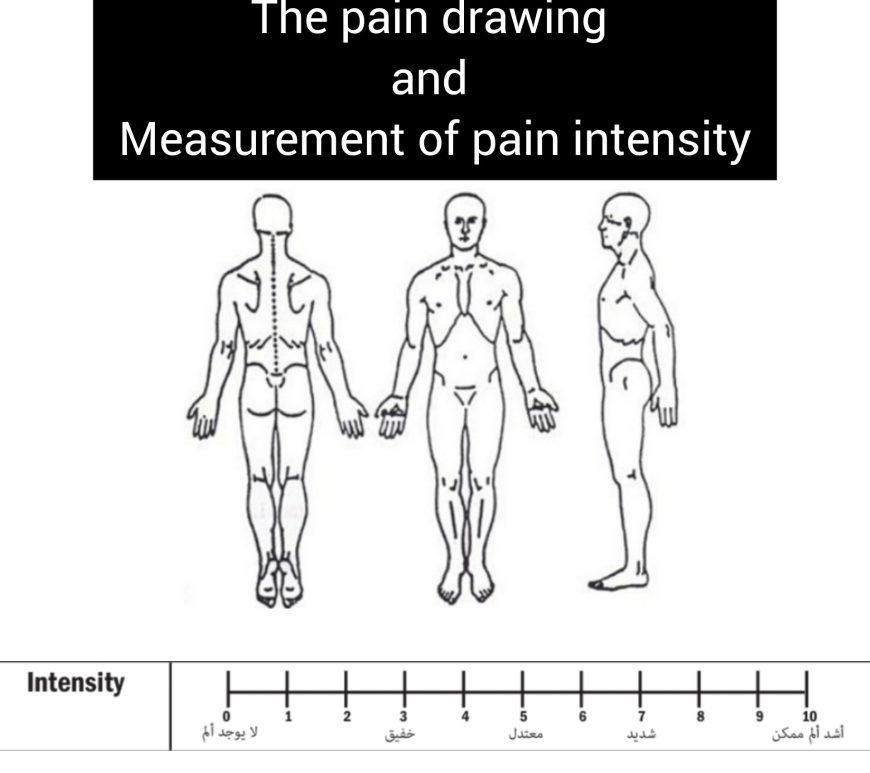Jobe relocation test or Fowler’s sign
Purpose of Jobe relocation test or Fowler’s sign (anterior glenohumeral instability): To detect or confirm if there is an anterior instability of the glenohumeral joint (1-3). Patient position: Supine lying. Examiner position: Stand facing the patient’s affected side. Procedure: Perform an apprehension test on the affected glenohumeral joint. At the point where the patient experiences instability or pain, apply a posteriorly directed glide to the … Continue reading Jobe relocation test or Fowler’s sign
